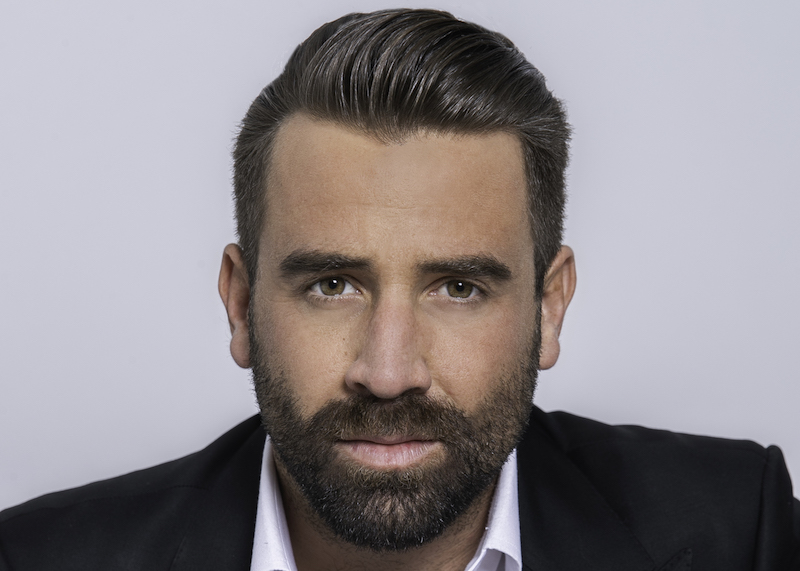Best practices and smarts to help sobriety seekers from drugs and alcohol in your first year after treatment
This is Part 6, the last in Treatment Magazine’s six-part guide on How to Find the Right Treatment Center. If you’re ready to start your search, consider taking the assessment in our Find a Treatment Center resource section to help you identify the type of center, type of stay and treatment approach that may be right for you.
By William Wagner
Despite potential drama and setbacks, the key to a successful recovery from addiction is surprisingly simple. In the words of Peter Thomas, director of quality assurance for the National Association of Addiction Treatment Providers (NAATP), it’s a matter of remaining “engaged in the process.”
Addiction recovery is a journey with no end. While this reality might at first seem overwhelming, it’s ultimately reassuring. A relapse doesn’t spell doom—it merely means you need to keep hammering away at staying clean and sober. You’re always a work in progress.
“For decades, we’ve seen tough love,” says Courtney Hunter, vice president, state policy for the addiction nonprofit Shatterproof. “‘Take your kid out of the house’ or ‘Let them hit rock-bottom.’ We know none of that works. We need to change the model to where we’re bringing people in and supporting them through the recovery process.”
Or as one treatment center executive puts it, “People don’t get yelled at and blamed when they relapse from their diabetes and have chocolate cake. But they get in trouble when they relapse from their substance abuse because they have that glass of wine.”
For decades, we’ve seen tough love. …We know none of that works. We need to change the model to where we’re bringing people in and supporting them through the recovery process.”—Courtney Hunter, vice president, state policy, Shatterproof
Come what may, you or your loved one will be wise to heed Thomas’ words. It’s an undertaking that involves following these best practices from savvy experts who have been on the front lines of addiction treatment for decades.
Set Up Your Sober Team
It takes a community to assist in sobriety, so put in place a support system—also known as aftercare or after-treatment plans—upon re-entering the “real world.” Often your treatment center will point you to a recovery organization that fits your unique needs, whether it’s Alcoholics Anonymous or something secular based like LifeRing.
Equally important are family members, therapists and clean-and-sober friends who can provide stability and act as confidants. Says Hunter, “Having a recovery support system and a family support system in your life does lead to better outcomes.”
Understand Your Triggers
Everyone has unique triggers—maybe something as trivial as a certain smell or song will set you off. Some triggers, however, are common, such as isolation, relationship problems and economic insecurity. The most effective antidote is to build an awareness of what is likely to spark cravings.
It takes a community to assist in sobriety, so put in place a support system—also known as aftercare or after-treatment plans—upon re-entering the ‘real world.’”
Additionally, you should create a new routine for yourself; formulate a different set of goals and plans. “Be willing to make those lifestyle changes—people, places and things,” says Cynthia Moreno Tuohy, executive director of NAADAC, the Association for Addiction Professionals. “There’s so much to addiction—the biological factor, the environmental factor.”
Take Care of Your Mind and Body
Psychological health, emotional health or spiritual health—whatever you choose to call it—is often linked to addiction. It’s also a key part of the recovery process. In other words, don’t hesitate to seek out addiction therapy and even holistic complements like mindful meditation.
“Personally, I think the reason so many people go to substance abuse centers multiple times is that [the substance abuse] is usually not the problem,” says Julie Anne Laser-Maira, MSW, LCSW, Ph.D., tenured professor at University of Denver Social Work, clinical author and co-founder of Colorado Clinical Therapy. “It’s just a symptom, usually of trauma. And trauma meaning what they have lost, what they have experienced earlier in life—abuse, neglect, domestic violence. Those are usually the drivers.”
Ongoing therapeutic work in coming to terms with these drivers can translate to lasting sobriety. “Many people with addictive disorders also have mental health disorders,” Tuohy says. “It’s important to ask for an assessment if you have any feelings of depression, isolation, fear, anxiety or [other mental health issues that are cropping up].”
Physical health, achieved in part through exercise and good nutrition, is also important. There are recovery programs that are built around intense physical activities like weightlifting or mountain climbing. Says the founder of one such program, “I think addiction tends to strip away the dreams of who we thought we’d grow up to be. Tying into a climbing rope—even though it’s scary—and pushing through that fear can help you start imagining what’s possible with your life again.”
Remember: It’s a Disease
Contrary to what society has historically conveyed to us, there’s no shame in addiction. It’s a chronic condition, just like diabetes or heart disease, and should be treated as such.
“What I struggle with is when we start talking about addiction recovery as ‘This is on you’ or ‘This is about willpower’ or ‘This is about morality,’” Hunter says. “In fact, we know addiction is a disease. Do you tell people who are managing diabetes to set goals for themselves? Of course. Eating better and exercising are good things for anyone. But setting that aside, this willpower argument is where I struggle, because we know addiction is a clinical chronic condition.”
Keep the Faith
As corny as it might sound, where there is life there is hope. Especially with adolescents, sometimes it’s just a matter of keeping them upright until things start to click.
A relapse doesn’t spell doom—it merely means you need to keep hammering away at staying clean and sober. You’re always a work in progress.”
A Midwestern mom we’ll call Molly lived through this type of scenario as her teenage son bounced from rehab program to rehab program, his prospects for a recovery seemingly dimming with each stop.
“Through all the programs, one of the consistent reminders was the discussion around getting him to 25, when the prefrontal cortex [the rational part of the brain] becomes fully developed,” she recalls. “The saying was, ‘Keep them alive till 25.’ Then at one point, a friend who had been through similar circumstances commented on getting him to 18. That surprised me. When I asked her what she meant, she said, ‘If you get them to 18, they can get themselves to 25.’
“I found that to be delightfully true. Here we sit today: We’re not to 25, but we’re well past 18. And he’s absolutely figuring it out, which still amazes me. There were times in the darkest days when we thought we might never get to this point.”
If you’re ready to take the first step and look for treatment for yourself or someone you care about, research options with TreatmentMagazine.com’s Find a Treatment Center tool, independently powered by respected social services resource Aunt Bertha.
Photo: Rosie Fraser














